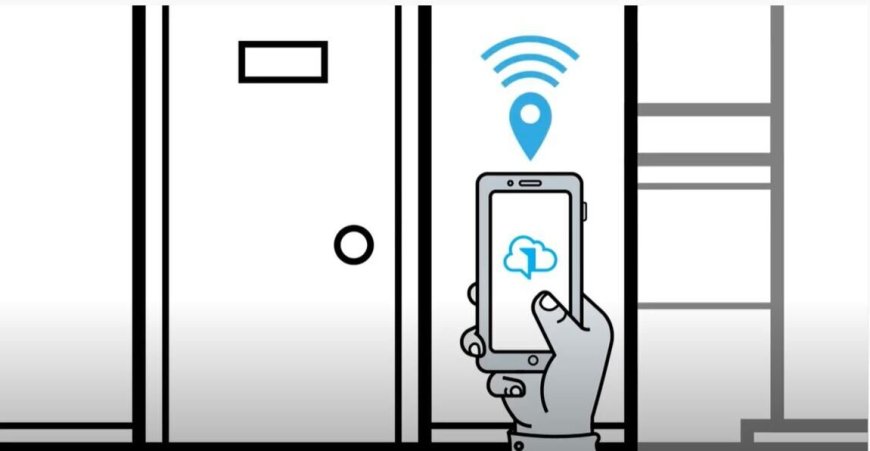Securing Your Facilities in Real-Time: Essential Best Practices for Effective Physical Security Monitoring

The world is becoming more digital and connected every day, and this trend is impacting how organizations approach physical security. As facilities and assets become increasingly interconnected, the need for real-time monitoring and response has never been greater.
Traditional physical security measures, such as locks, alarms, and security guards, are still essential to a robust security strategy. However, connected technologies have opened up new possibilities for protecting facilities and assets in real-time. From integrated access control and video surveillance to remote monitoring and proactive security measures, organizations now have a wealth of tools at their disposal to enhance their security.
This article looks into why real-time monitoring is so important and how connected access control technologies are changing the way organizations approach physical security.
The Growing Importance of Real-Time Physical Security Monitoring
Real-time physical security monitoring is all about keeping an eye on your facilities as events unfold. This proactive approach ensures that any potential threats are identified and addressed immediately rather than after the fact. The growing importance of this technology is evident in how it helps prevent incidents, protect assets, and ensure the safety of everyone within the facility.
Connected access control technologies are improving physical security. These advancements, from integrated access control and video surveillance systems to remote monitoring capabilities, give organizations a better view of their security systems. Using these technologies, businesses can respond faster to incidents, improve coordination during emergencies, and enhance security effectiveness.
The Foundations of Real-Time Physical Security Monitoring
At the heart of effective real-time physical security monitoring are integrated systems that work together. One of the most powerful combinations is access control integrated with video surveillance. This integration allows security teams to monitor access points and verify incidents as they occur.
When someone tries to enter a restricted area, the access control system can immediately alert security personnel, who can then use video surveillance to see exactly what's happening. This real-time verification process enhances security and helps prevent false alarms and unnecessary responses.
Remote Monitoring Capabilities
Real-time monitoring allows security teams to oversee multiple facilities from a centralized location. This capability is especially beneficial for large organizations with various sites to manage.
With remote monitoring, security personnel can quickly assess situations and coordinate responses without being physically present at the site. This improves responsiveness during emergencies and ensures that all security measures work harmoniously. Plus, it allows for continuous monitoring, so your facilities are always under watchful eyes.
Proactive Security Measures
Real-time monitoring isn't just about reacting to incidents but also preventing them. Connected systems equipped with video analytics can detect unusual activities or potential threats before they escalate. For example, if someone is loitering near a restricted area or has unexpected movement after hours, the system can alert security personnel to take action.
These proactive measures can reduce the need for emergency responses. By identifying and addressing potential threats early, you can prevent incidents from occurring, keeping your facilities safer and more secure.
Best Practices for Effective Real-Time Monitoring
To make the most out of real-time physical security monitoring, following some best practices is essential.
Streamline Communication and Coordination
Integrated communication between security teams, monitoring centers, and first responders ensures everyone is on the same page during an emergency. This enhanced coordination can improve the effectiveness of your security response.
Leverage Real-Time Data and Insights
Access to real-time data allows security teams to make informed decisions quickly. Analyzing this data can also help identify patterns and potential vulnerabilities, leading to more robust security protocols.
Regularly Test and Evaluate the System
Regular testing and evaluation of the system are equally important. Conducting mock security breaches and regular employee training helps assess the performance of your real-time monitoring system. This practice can reveal areas for improvement and ensure that everyone knows how to respond in an emergency.
Integrating real-time monitoring into your physical security systems is essential for protecting your facilities and assets. By leveraging connected access control technologies, you can enhance security, improve responsiveness, and prevent incidents before they happen. Streamlined communication, real-time data analysis, and regular system evaluations are key best practices to ensure your security measures are effective and resilient. Adopting these strategies will enhance the security of your facilities and provide peace of mind, knowing that you are prepared for any situation.

 alexjoe
alexjoe 










